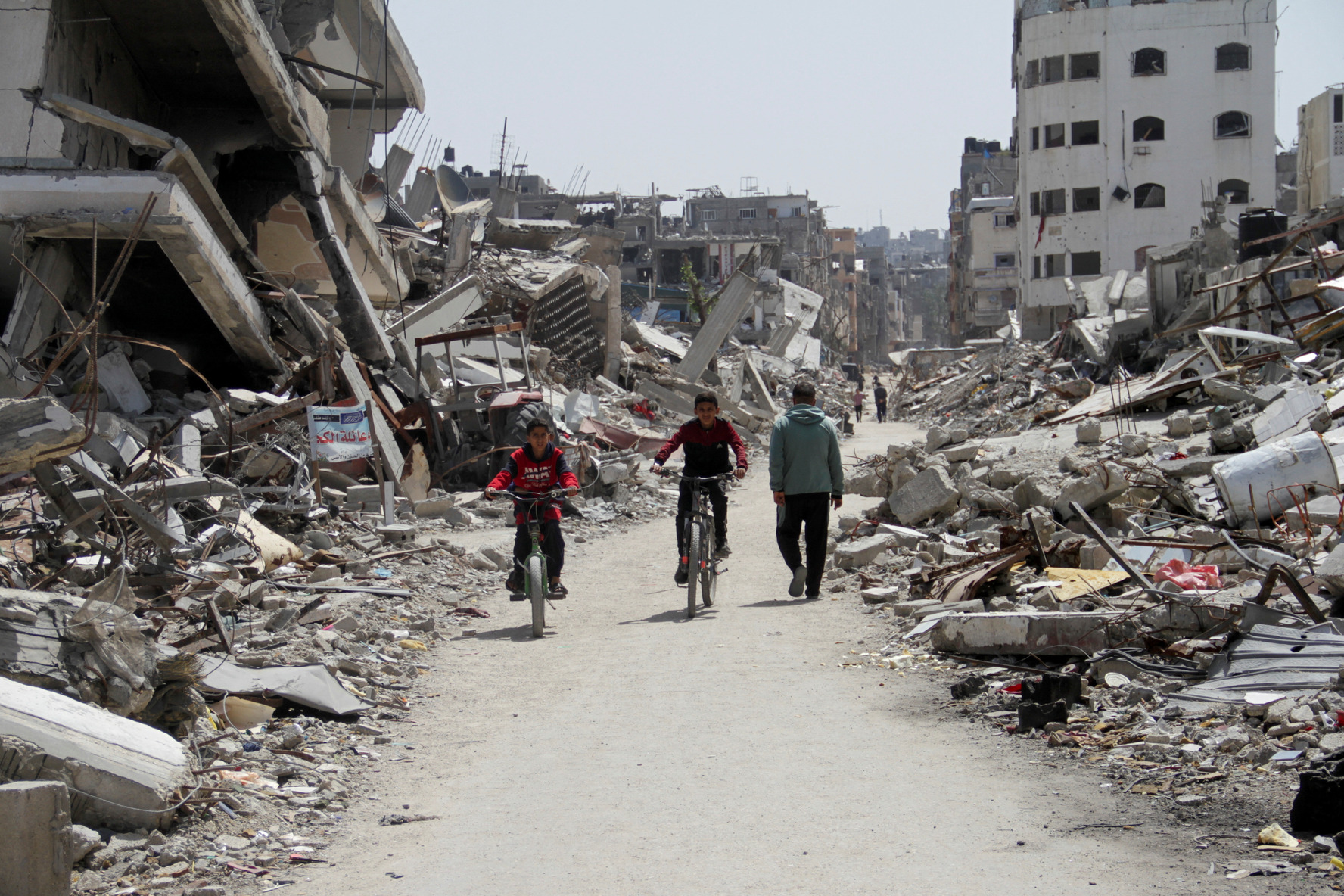Over the past year, the conflict between Israel and Hamas has escalated to unprecedented levels, marked by cycles of violence, military operations, and diplomatic impasses. The most notable events began on October 7, 2023, when Hamas launched a surprise attack on Israel, initiating one of the deadliest escalations in the Israel-Palestine conflict. The attack, which involved thousands of rockets and a ground assault, left over 1,200 Israelis dead and hundreds more injured. It was the largest loss of life in Israel since its founding in 1948, causing a massive public outcry and galvanizing Israeli military responses.

The October 7, 2023 Hamas Attack
Hamas, the governing authority in Gaza and a designated terrorist organization by Israel, the United States, and the European Union, claimed responsibility for the assault. The attack, which took Israel by surprise, saw militants infiltrate southern Israeli towns, taking hostages and killing civilians. This unprecedented attack on Israeli soil left the Israeli government, led by Prime Minister Benjamin Netanyahu, with no option but to declare a state of war. Yahya Sinwar, a key Hamas leader, and Mohammed Deif, head of the militant wing, were identified as the masterminds behind the attack.
Israel’s Military Response
Following the attack, Israel responded with one of the most aggressive military campaigns in recent years. The Israeli Defense Forces (IDF) launched Operation Iron Swords, targeting Hamas infrastructure and leadership within the Gaza Strip. Thousands of airstrikes were carried out, aimed at Hamas command centers, rocket launch sites, and tunnel systems used for smuggling and military purposes. Gaza, home to over 2 million Palestinians, bore the brunt of the airstrikes, which caused widespread destruction of civilian infrastructure and led to a humanitarian crisis.
By the end of 2023, the death toll in Gaza had climbed to over 15,000, including civilians, while Israeli casualties also increased due to the ongoing rocket attacks and militant incursions. The international community, including the United Nations and human rights organizations, expressed concern over the scale of civilian casualties in Gaza, urging both sides to implement ceasefires and engage in negotiations. However, attempts at peace proved unsuccessful as Hamas continued to fire rockets into Israel, and Israel escalated its operations to target more Hamas leaders.
Key Developments in Early 2024
As the conflict moved into 2024, diplomatic efforts to resolve the crisis stalled. Egypt, Qatar, and the United States attempted to mediate temporary ceasefires, but the ceasefires were repeatedly violated. Israel tightened its blockade of Gaza, further exacerbating the humanitarian crisis, with shortages of food, water, electricity, and medical supplies. In response, Hamas intensified its rocket fire, with longer-range missiles now reaching deeper into Israeli territory, including Tel Aviv and Jerusalem.
In early 2024, Israel launched a ground invasion of northern Gaza, marking a significant escalation in the conflict. This operation aimed to dismantle Hamas’ military infrastructure, including its vast network of tunnels used for smuggling weapons and personnel. The fighting resulted in high casualties on both sides, with intense street battles reported in densely populated areas like Jabaliya and Beit Hanoun. The IDF also intensified its efforts to locate and neutralize Hamas leaders, with Yahya Sinwar and Ismail Haniyeh emerging as top targets.
Assassination of Yahya Sinwar (October 2024)
One of the most significant developments occurred in October 2024, when Israeli forces reportedly killed Yahya Sinwar, the de facto leader of Hamas in Gaza. Sinwar had been on Israel’s most wanted list for years, primarily due to his role in planning the October 2023 attack and overseeing Hamas’ military operations. Israeli forces carried out a targeted strike in northern Gaza, killing Sinwar and several other high-ranking Hamas officials. This marked a major victory for Israel, but it also raised concerns about further retaliation from Hamas and its allies.
Sinwar’s death is expected to create a power vacuum within Hamas, with speculation that Ismail Haniyeh, the exiled political leader, or Mohammed Deif, the head of Hamas’ armed wing, could assume greater control. Hamas has vowed to continue its resistance against Israel, with reports suggesting that its military wing is preparing for more attacks, even as the leadership reshuffles in the wake of Sinwar’s assassination.
Humanitarian Crisis in Gaza
Amid the ongoing conflict, the situation in Gaza has reached catastrophic levels. The United Nations, humanitarian organizations, and foreign governments have repeatedly called for a ceasefire to allow for the delivery of essential aid. Gaza’s healthcare system has been overwhelmed, and over 1 million residents have been displaced due to the constant bombardment. The international community, including the United States and the European Union, has pledged millions in humanitarian aid, but getting supplies into Gaza has been complicated by the blockade and ongoing military operations.
Israel has allowed limited aid convoys into Gaza through the Rafah border crossing, which is controlled by Egypt, but access remains highly restricted. With winter approaching, concerns about a full-scale humanitarian disaster are mounting. The Israeli government has justified its military operations by pointing to Hamas’ use of civilians as human shields and the group’s intentional embedding of military infrastructure in residential areas.
Diplomatic Efforts and Future Prospects
Despite numerous calls for a ceasefire, a lasting peace deal remains elusive. The United States, while supportive of Israel’s right to defend itself, has urged restraint and encouraged both sides to return to negotiations. President Joe Biden’s administration has been actively involved in diplomatic efforts, but achieving a breakthrough has proven difficult given the entrenched positions of both Israel and Hamas.
Egypt, traditionally a key mediator in Israel-Gaza conflicts, has been working behind the scenes to negotiate a longer-term truce. However, any resolution seems distant as both sides are deeply committed to their causes—Israel to ensuring its security, and Hamas to the broader Palestinian struggle for independence.
The events of the past year have reshaped the landscape of the Israel-Palestine conflict. While Israel’s military superiority remains unquestioned, the rise in Hamas’ capability to launch sophisticated, long-range attacks has surprised many observers. As the conflict drags on, the suffering of civilians on both sides, particularly in Gaza, continues to grow, with no clear end in sight.
Conclusion
The past year of conflict between Hamas and Israel has been marked by unprecedented violence, rising death tolls, and failed diplomatic efforts. The October 2023 Hamas attack and Israel’s subsequent military response have triggered the deadliest phase of the conflict in recent history. As both sides remain entrenched in their positions, and with the assassination of key figures like Yahya Sinwar, the path to peace remains uncertain. International pressure for a resolution is growing, but so too is the complexity of the conflict, making the prospects for a long-term solution more elusive than ever.















